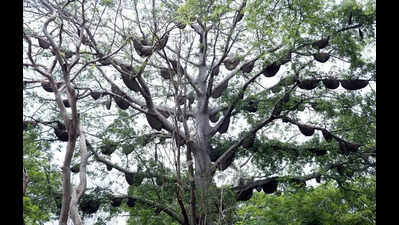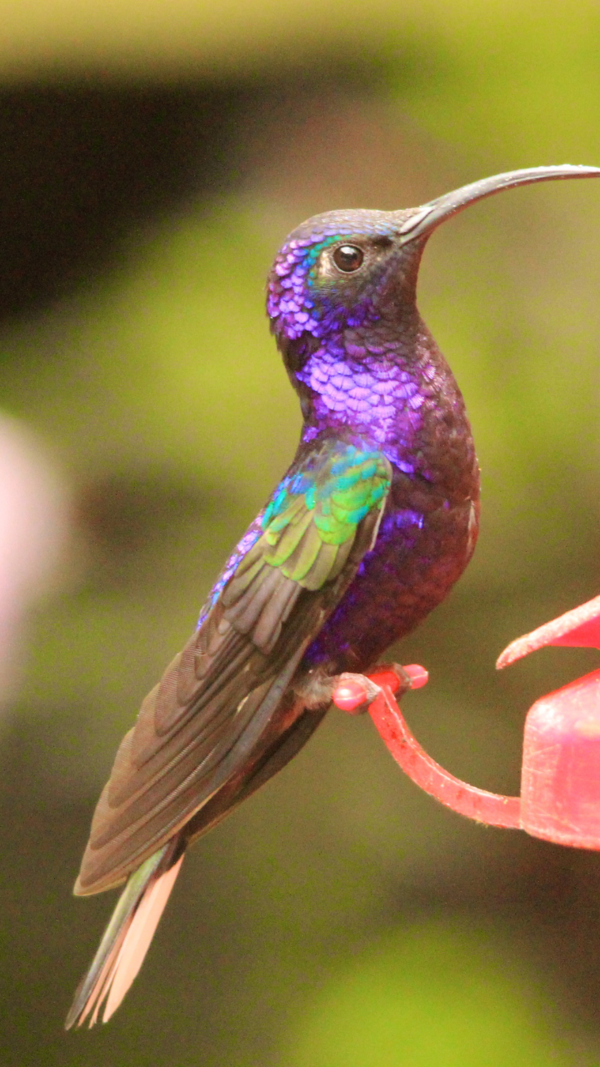- News
- City News
- mysuru News
- Colony of over 100 honeycombs on a tree has Mirza Road buzzing
Trending
Colony of over 100 honeycombs on a tree has Mirza Road buzzing
Mysuru: A tree on Mirza Road in Nazarbad has become a centre of attraction due to around 100 honeycombs hanging from its branches.
Usually, bees construct around 10 to 15 honeycombs in a single location, often choosing tree branches or the sheltered corners of buildings. However, this particular tree far exceeded that norm, leaving residents and passersby both surprised and fascinated.
This natural phenomenon is known as a "bee tree," where a large colony of bees establishes its hives in the open. The number of honeycombs suggests that the tree became an ideal location for multiple bee colonies to coexist. Factors such as the tree's height, sheltering canopy, and proximity to floral resources likely make it a favourable habitat.
Experts say the bees are likely to remain for a few months before migrating, as it is common with such seasonal colonies. Until then, the tree continues to buzz with life, offering a rare glimpse into the busy world of honeybees.
Speaking to TOI, JP Rajappa, state president of the Jenu Kuruba community, said seasonal forest fires and the resulting smoke often force bees to flee their natural habitats. "During this season, many bees are displaced from the forests due to fire and smoke. They seek safer, cooler, and undisturbed places in the city, like this tree on Mirza Road. If the conditions remain favourable—plenty of space, no smoke, and minimal disturbance—they form multiple honeycombs," he explained. Rajappa also cautioned that smoke or human interference, particularly after 6pm when bees are more active, could agitate the colonies.
Naveen C, assistant director at the horticulture department, which manages the area where the tree stands, noted that this is not a one-time occurrence. "For the past few years, we observed more than 100 honeycombs on this particular tree during this season. It's become somewhat of a seasonal tradition. The tree's height and branching pattern make it especially attractive to bees. The hives remain visible for at least four months each year and start to disappear once the rains begin," he said.
Despite the high number of bees, there have been no reports of aggressive behaviour or stings. Visitors are being advised to admire the sight from a distance. In light of the growing public interest, the horticulture department is considering installing barricades and informational signage to make the spot safer and more educational for visitors.
End of Article
FOLLOW US ON SOCIAL MEDIA










